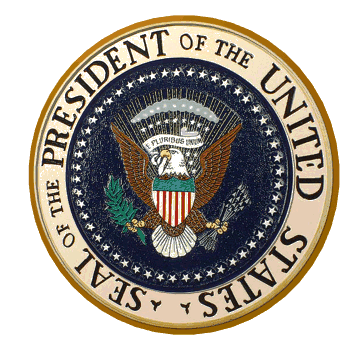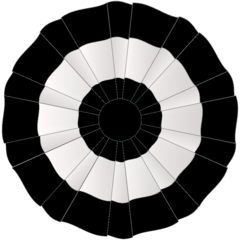 TheUSAPresidents.com
TheUSAPresidents.com 
 TheUSAPresidents.com
TheUSAPresidents.com 

TheFederalist11, CC BY-SA 4.0, via Wikimedia Commons
The Federalist party was one of the two original political culminations in the United States and lasted from the 1780s until the early 1820s.
The Federalist party was at first a culmination of those that supported the ratification of the Constitution. It was led by Alexander Hamilton. In the three elections that took place in the 1700s, Federalists were by far the more dominant group, especially in the very first 1788-1789 election. After George Washington refused to seek a third term, the Federalists were able to get their candidate, John Adams, to win. However, in the following election, Adams lost to Thomas Jefferson, the Democratic-Republican candidate.
The Federalists were united with what became the Federalist papers. They agreed with the ratification of the Constitution and believed the United States government should have more power.
John Adams would turn out to be the only Federalist president. The Democratic-Republican presidents continued to be popular and, especially with James Madison, the Democratic-Republicans started to enact a few Federalist policies. Because of this, most people didn't see a point in the Federalist party. The last time a Federalist candidate was chosen was in the 1816 election when they nominated Rufus King, but he lost badly to James Monroe. In 1820, the remaining Federalists voted for "no candidate". In 1824, the fragments of people that still did not like the Democratic-Republicans gave in and most supported Democratic-Republican John Quincy Adams who actually used to be a Federalist himself. Any remnants of the Federalist party that possibly still remained was completely gone by 1828, as a new era of politics began.
TheUSAPresidents.com
About Us Legal Political policy Reliability
Information on this site should not be plagiarized. This site is intended for hobby purposes, not commercial. Visit here for more information.